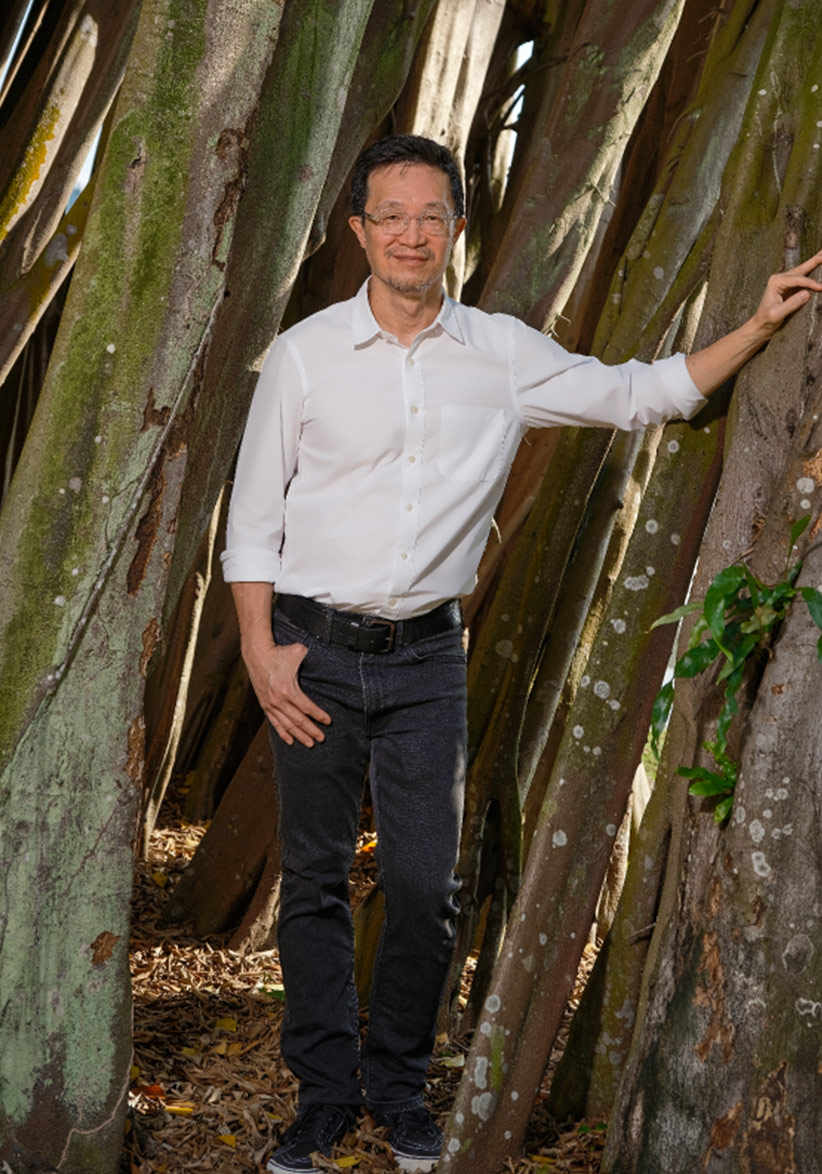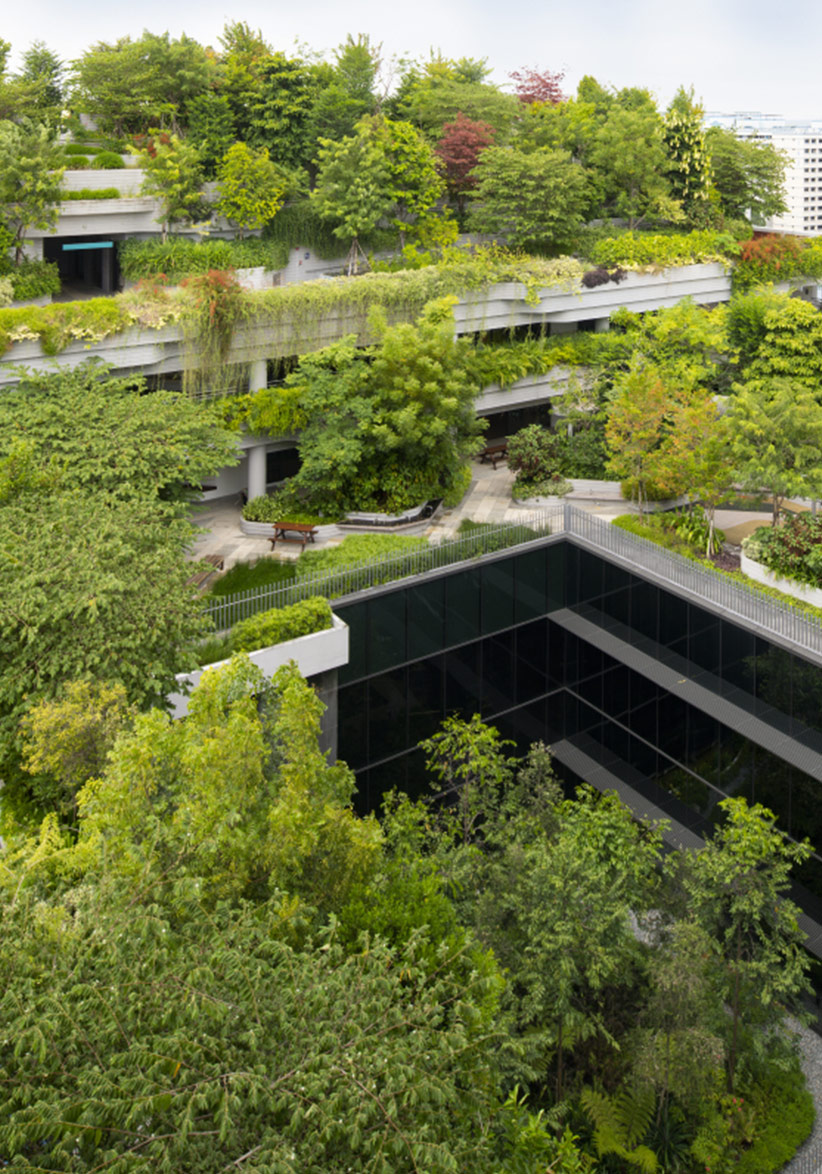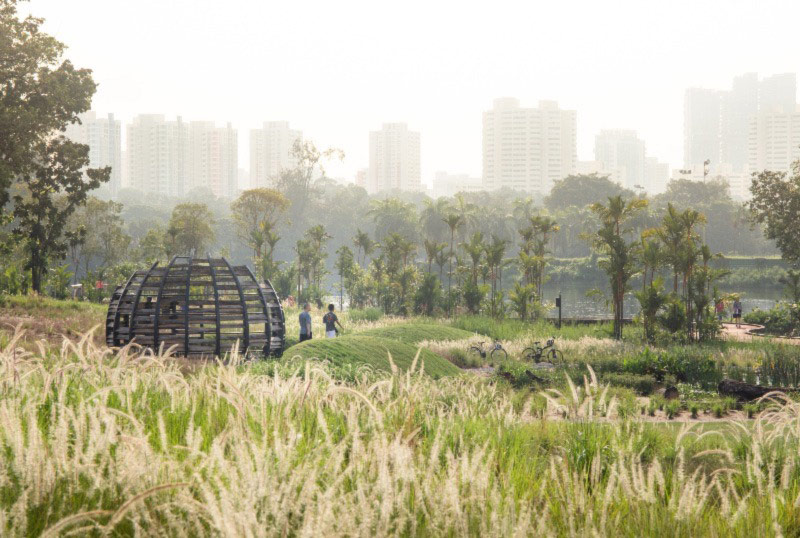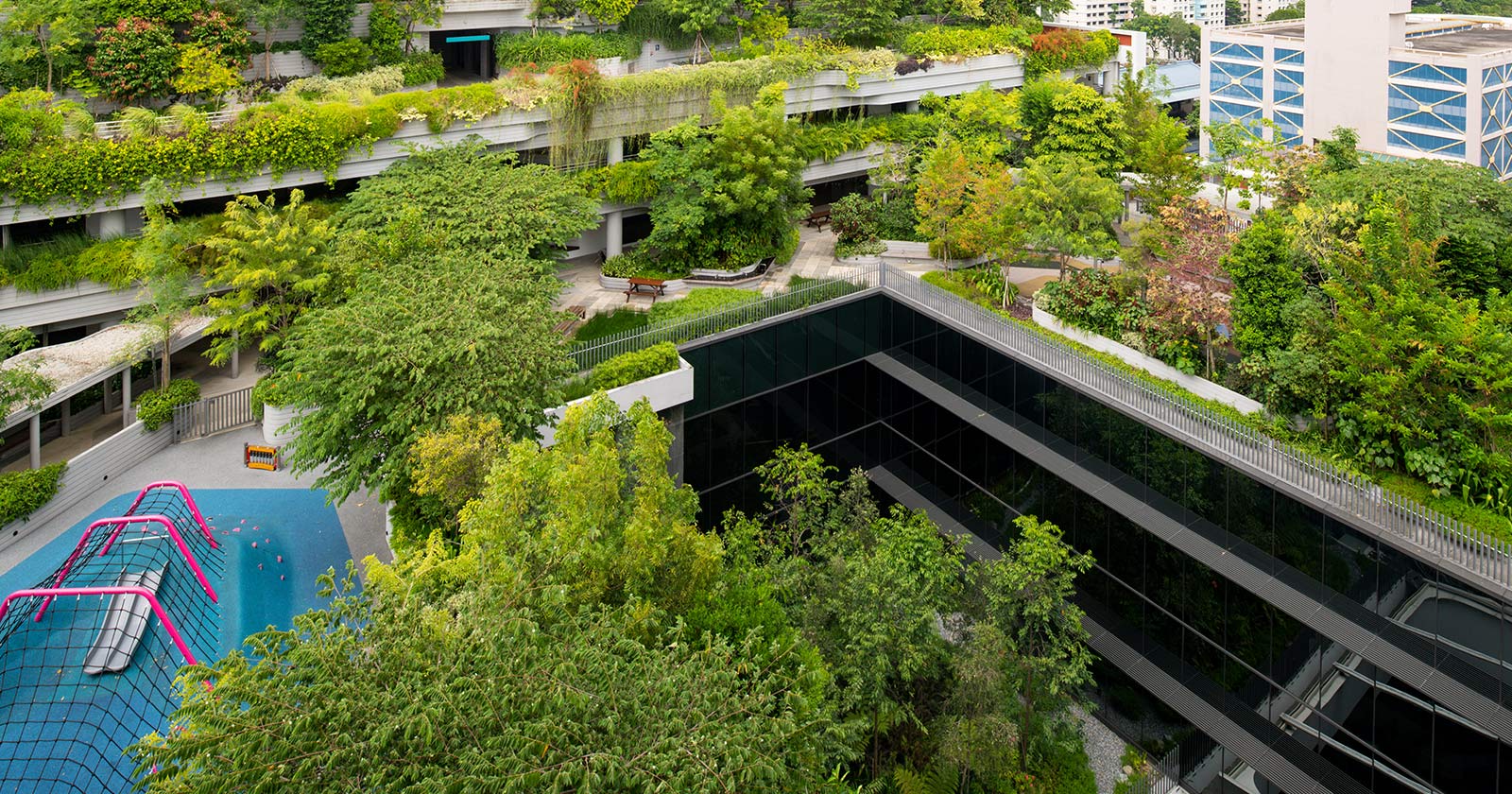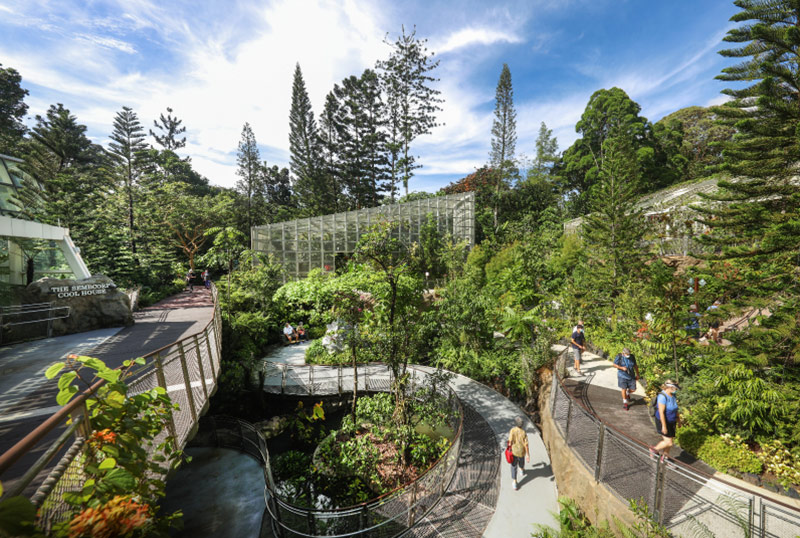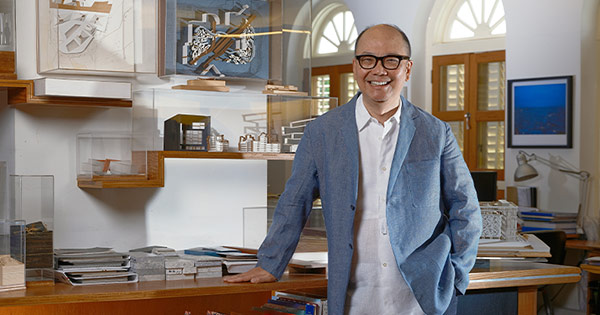* DESIGNER OF
THE YEAR 2023
Leonard Ng Keok Poh
Country Market Director
Henning Larsen, APAC
Anyone who has enjoyed the abundant return of otters and birds to Singapore’s parks and waterways must thank Leonard Ng. The landscape architect has played a pivotal role in transforming the city’s once functional drainage system into a thriving river of life. Starting from his contribution to the ground-breaking Bishan-Ang Mo Kio Park, Ng has been at the vanguard of integrating the reservoirs and canals in Singapore with parks and the urban environment to create new ecological and recreational assets for the city.
In his career spanning over two decades, Ng has also expanded Singapore’s ‘Garden City’ image with designs that balance the needs of humans, other species, and the environment. His ecologically based approach to parks and landscapes has resulted in green spaces that go beyond offering visual respite for people but also serve as welcoming environments to explore nature and wildlife habitats. They bring people and nature closer together while mitigating the growing effects of climate change and urbanisation – ultimately making the city more liveable and resilient.
Landscape design may have been Ng’s second career, but he has made a compelling case for why more should make it their first. His innovative designs have stretched the imagination of what landscape architecture can achieve. The scope and ambition of the designs redefine the traditional role of a landscape architect too. Ng is a pioneer in Singapore’s drive towards becoming a ‘City in Nature’ and continues to be a trailblazer in Singapore and beyond.
READ MOREInsights from the Recipient
Citation
Jury Citation
Leonard Ng Keok Poh is a visionary leader in landscape architecture who is a champion for nature, having created large-scale green public spaces that are beautiful, liveable, and thriving.
From Bishan-Ang Mo Kio Park to Kampung Admiralty to Jurong Lake Gardens, Ng’s body of work has shaped many of Singapore’s iconic parks and landscapes, touching the lives of Singaporeans across different ages and socio-economic backgrounds. During the pandemic, these green spaces provided much-valued retreat and respite for citizens, offering ways for people to access nature in order to heal and sustain wellbeing. Ng has extended the nation’s ‘Garden City’ legacy such that the city is immersed in nature, not just on the ground plane but also vertically with greenery that thrives on buildings.
The Jury recognises the tremendous amount of dedication that sees visions achieve fruition, as well as Ng’s ability to influence and inspire stakeholders across multiple agencies and groups toward a shared vision, encompassing those who may not have a voice such as otters and birds.
The Jury commends Ng on his passionate and selfless journey to elevate the status and perception of the discipline, illuminating the way forward for future landscape architects. He continues to push boundaries to further the narrative and vision for Singapore as a ‘City in Nature’, imagining a city in deep harmony with nature.
VIEW JURORSNominator Citation
Associate Professor Yun Hye Hwang
Department of Architecture
College of Design and Engineering
National University of Singapore (NUS)
I am pleased to write a letter of support for Leonard Ng, the Regional Director (Asia Pacific) of Ramboll Studio Dreiseitl (RSD) Singapore [now Country Market Director, Henning Larsen, APAC]. I have collaborated with Leonard on two research projects: “Short-term Vegetation Changes in Tropical Urban Parks” (2017-2020) and “Nature, Place and People: Forging Connections Through Neighbourhood Landscape Design” (2018). He has also been involved in teaching NUS students – as a tutor (2013) and a guest critic (since 2011) – in multiple design studios for the NUS Master of Landscape Architecture programme.
Leonard is active in innovative practice and project collaborations with multidisciplinary approaches. His clear leadership helped establish RSD’s reputation as one of the best landscape architecture firms in Singapore. He advocates an extended role for landscape architecture in response to worldwide environmental crises, including biodiversity loss and climate change. His forte is the powerful transformation of the landscape architecture profession uniquely grounded in local and regional sustainability issues.
I fully support his application for the President*s Design Award Designer of the Year 2023. I have confidence that his significant influence on reshaping the field of landscape architecture will go beyond Singapore and the Global South.
